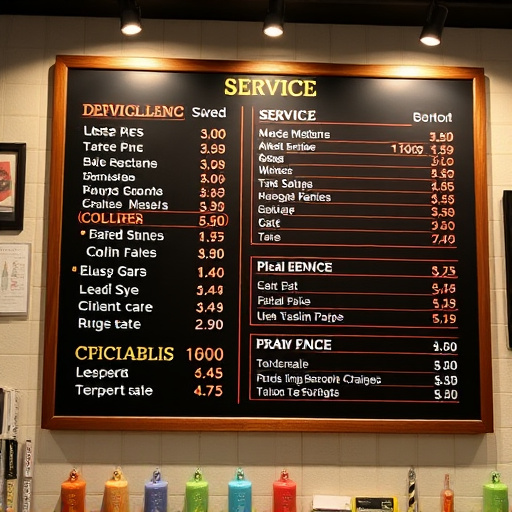Strategic relocation of factory sensors, particularly mass airflow (MAF) sensors integrated into compatible intake systems, is a modern manufacturing game-changer. This real-time data acquisition method optimizes production processes, enhances engine performance, reduces emissions, and improves fuel economy. MAF sensor-compatible intakes offer seamless integration with modern engines, ensuring precise air-fuel ratio measurements for improved output and longer component lifespans.
- Understanding Factory Sensor Relocation
- Advantages of Mass Airflow Sensor Compatible Intakes
- Enhancing Vehicle Performance and Efficiency
Understanding Factory Sensor Relocation

In modern manufacturing, optimizing processes and enhancing efficiency are key goals. One often-overlooked aspect that can significantly impact these objectives is the strategic relocation of factory sensors. These sensors play a crucial role in monitoring critical parameters such as temperature, pressure, and mass airflow within industrial systems, particularly in vehicles with compatible intakes.
Relocating sensors allows for real-time data acquisition from diverse areas of the production floor, enabling advanced process control. For instance, moving mass airflow sensors to different intake positions can provide valuable insights into air-fuel mixture dynamics, improving engine performance and reducing emissions. This strategic placement enhances overall system efficiency and contributes to the development of smarter, more responsive manufacturing processes.
Advantages of Mass Airflow Sensor Compatible Intakes

Mass airflow sensor compatible intakes offer significant advantages in factory sensor relocation, enhancing overall system performance. These intakes are designed to seamlessly integrate with modern engines’ mass airflow (MAF) sensors, ensuring precise air-fuel ratio measurements. By utilizing these compatible intakes, manufacturers can achieve more accurate and efficient combustion, leading to improved engine output and reduced emissions.
This integration streamlines the sensor relocation process, as the intake itself is optimized for MAF sensor functionality. It eliminates potential issues related to signal interference or compatibility problems, resulting in a smoother transition and better control over engine performance parameters. Moreover, compatible intakes can contribute to enhanced fuel economy and longer component lifespan, making them a valuable asset in factory-level sensor upgrades.
Enhancing Vehicle Performance and Efficiency

Factory sensor relocation, particularly focusing on mass airflow sensor compatible intakes, offers significant advantages for vehicle performance and efficiency. By understanding the benefits outlined in this article—from enhanced sensor accuracy to improved engine management—it’s clear that integrating these compatible intakes can revolutionize your factory setup. This small change can lead to big gains, ensuring your vehicle delivers optimal performance and fuel efficiency.














